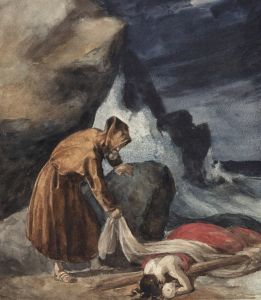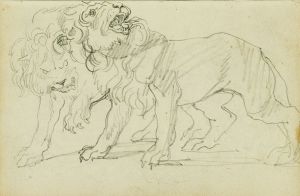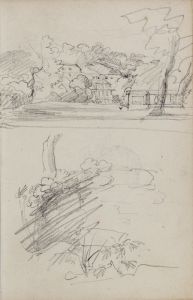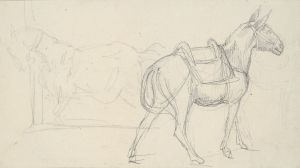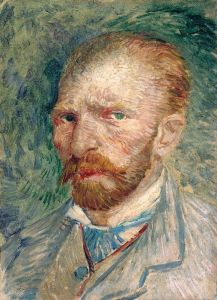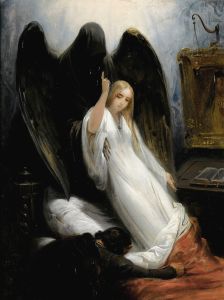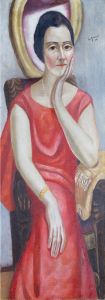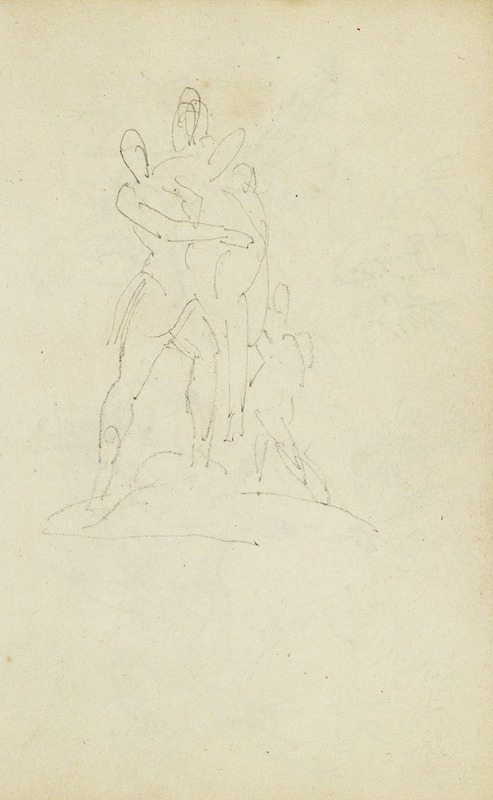
Group of three figures
A hand-painted replica of Théodore Géricault’s masterpiece Group of three figures, meticulously crafted by professional artists to capture the true essence of the original. Each piece is created with museum-quality canvas and rare mineral pigments, carefully painted by experienced artists with delicate brushstrokes and rich, layered colors to perfectly recreate the texture of the original artwork. Unlike machine-printed reproductions, this hand-painted version brings the painting to life, infused with the artist’s emotions and skill in every stroke. Whether for personal collection or home decoration, it instantly elevates the artistic atmosphere of any space.
Théodore Géricault, a prominent French painter and lithographer, is best known for his masterpiece "The Raft of the Medusa." However, his oeuvre includes a variety of other works that reflect his interest in human emotion and the human condition. One such work is "Group of Three Figures," a painting that, while not as famous as some of his other pieces, still offers insight into Géricault's artistic style and thematic concerns.
"Group of Three Figures" is a compelling example of Géricault's ability to capture the complexity of human emotions and interactions. The painting depicts three individuals, each rendered with a keen attention to detail and a deep sense of realism. Géricault's use of light and shadow in this work is particularly noteworthy, as it highlights the contours of the figures and adds a dramatic intensity to the scene. The composition is carefully balanced, with the figures arranged in a way that draws the viewer's eye across the canvas, inviting them to consider the relationships and emotions at play.
Géricault's interest in the human form is evident in the meticulous way he has depicted the figures. His background in studying anatomy and his experience in drawing from life are apparent in the realistic portrayal of muscles and skin tones. This attention to anatomical detail not only adds to the realism of the painting but also underscores Géricault's commitment to capturing the truth of the human experience.
The emotional depth of "Group of Three Figures" is further enhanced by Géricault's use of color. The palette is somewhat subdued, with earthy tones that lend a somber mood to the piece. This choice of color may reflect Géricault's interest in exploring themes of suffering and resilience, which are recurrent in his body of work. The expressions and postures of the figures suggest a narrative of struggle or contemplation, inviting viewers to engage with the painting on a deeper emotional level.
While "Group of Three Figures" may not be as widely recognized as "The Raft of the Medusa," it nonetheless exemplifies Géricault's skill as an artist and his ability to convey complex human emotions through his work. The painting is a testament to his mastery of composition, anatomy, and emotional expression, and it remains an important part of his artistic legacy.
Géricault's influence on the Romantic movement and his impact on subsequent generations of artists cannot be overstated. His works, including "Group of Three Figures," continue to be studied and admired for their technical proficiency and emotional depth. Through his art, Géricault has left an indelible mark on the history of painting, and his exploration of the human condition remains relevant to this day.







